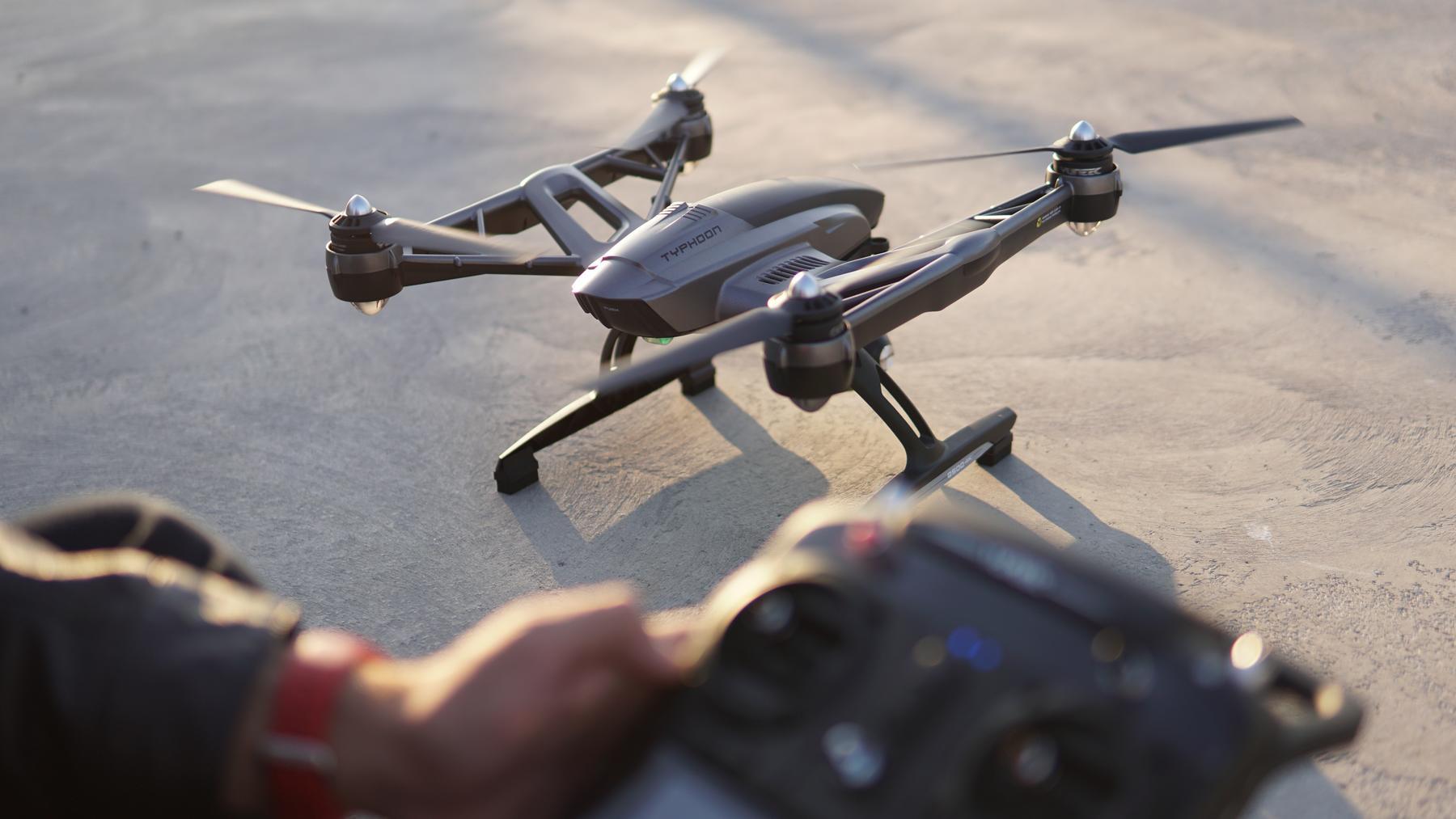In recent years, the allure of underwater exploration has captured the imagination of many adventurers, photographers, and technology enthusiasts. The development of underwater drones with cameras has revolutionized ocean photography, enabling people to capture mesmerizing scenes beneath the waves. Whether you’re a professional diver, a marine researcher, or simply an enthusiast, choosing the right underwater drone can significantly enhance your underwater photography experience. This guide will delve into the top features and considerations when selecting the best underwater drone, ensuring you can capture stunning aquatic images.
One of the key aspects to consider when searching for an underwater drone with camera is the camera quality itself. High-resolution cameras with advanced lens technology provide clear and vibrant images, even in low-light conditions. Features such as 4K video resolution, wide-angle lenses, and adjustable aperture settings play a critical role in producing outstanding visual content. Additionally, image stabilization technology is essential for maintaining sharpness and reducing motion blur, especially in dynamic underwater environments.
Durability and Build Quality
Drones that operate underwater must be capable of withstand harsh conditions, including high pressure, cold temperatures, and saltwater corrosion. It is imperative to select a drone with robust build quality, where materials like marine-grade aluminum or corrosion-resistant polymers are utilized. Equally important is a drone’s ability to resist shocks and impacts, as they might occur during maneuvering or transport. High-quality seals and waterproofing certifications will ensure the drone remains functional and reliable in the depths.
Battery Life and Performance
Battery life is another significant factor when choosing an underwater drone. If you’re planning extended exploration sessions, a drone with a long-lasting battery and fast recharging capabilities is advantageous. Evaluate models based on their battery duration, typically ranging from 1 hour to several hours on a full charge. Additionally, it’s beneficial to consider drones with efficient energy management systems that provide alerts or return-to-base functions when battery life is low.
Mobility and Ease of Use
Operating an underwater drone effectively requires user-friendly controls and mobility features. Look for drones with intuitive remote controllers, comprehensive mobile apps, or even VR headset compatibility for immersive guidance when exploring underwater territories. Automatic piloting modes, GPS tracking, obstacle avoidance, and depth control settings can enhance navigation and overall user experience.
Common Features to Consider
- Depth Capacity: Assess the maximum depth the drone can navigate to ensure it meets your exploration needs.
- Connectivity: Fast, reliable communication between the drone and the controller or mobile device is crucial for uninterrupted operation.
- Memory Capacity: Sufficient internal storage or support for external memory cards ensures you can capture extensive footage without limitations.
Emerging Technologies and Trends
As technology advances, underwater drones continue to integrate innovative features like AI tracking, enhanced automation, and live streaming capabilities directly to social media platforms. The introduction of modular designs allows users to add or upgrade components, such as additional lighting or sensory systems, adapting the drone to various conditions and applications.
FAQ Section
Q: Can I use an underwater drone for both fresh and saltwater environments?
A: Yes, most high-quality underwater drones are designed to operate in both fresh and saltwater. Ensure the drone has the appropriate corrosion-resistant materials for your specific use case.
Q: What type of maintenance does an underwater drone require?
A: Regular maintenance typically includes cleaning the drone after use, inspecting for wear and tear, charging and storing batteries correctly, and occasionally lubricating moving parts. Refer to the manufacturer’s guidelines for specific maintenance instructions.
Regular maintenance typically includes cleaning the drone after use, inspecting for wear and tear, charging and storing batteries correctly, and occasionally lubricating moving parts. Refer to the manufacturer’s guidelines for specific maintenance instructions.
Q: Is underwater photography difficult for beginners?
A: Underwater photography can be challenging due to lighting conditions and movement, but modern drones have features to assist beginners. Utilizing pre-programmed shooting modes and stabilization features can help achieve brilliant results with minimal effort.